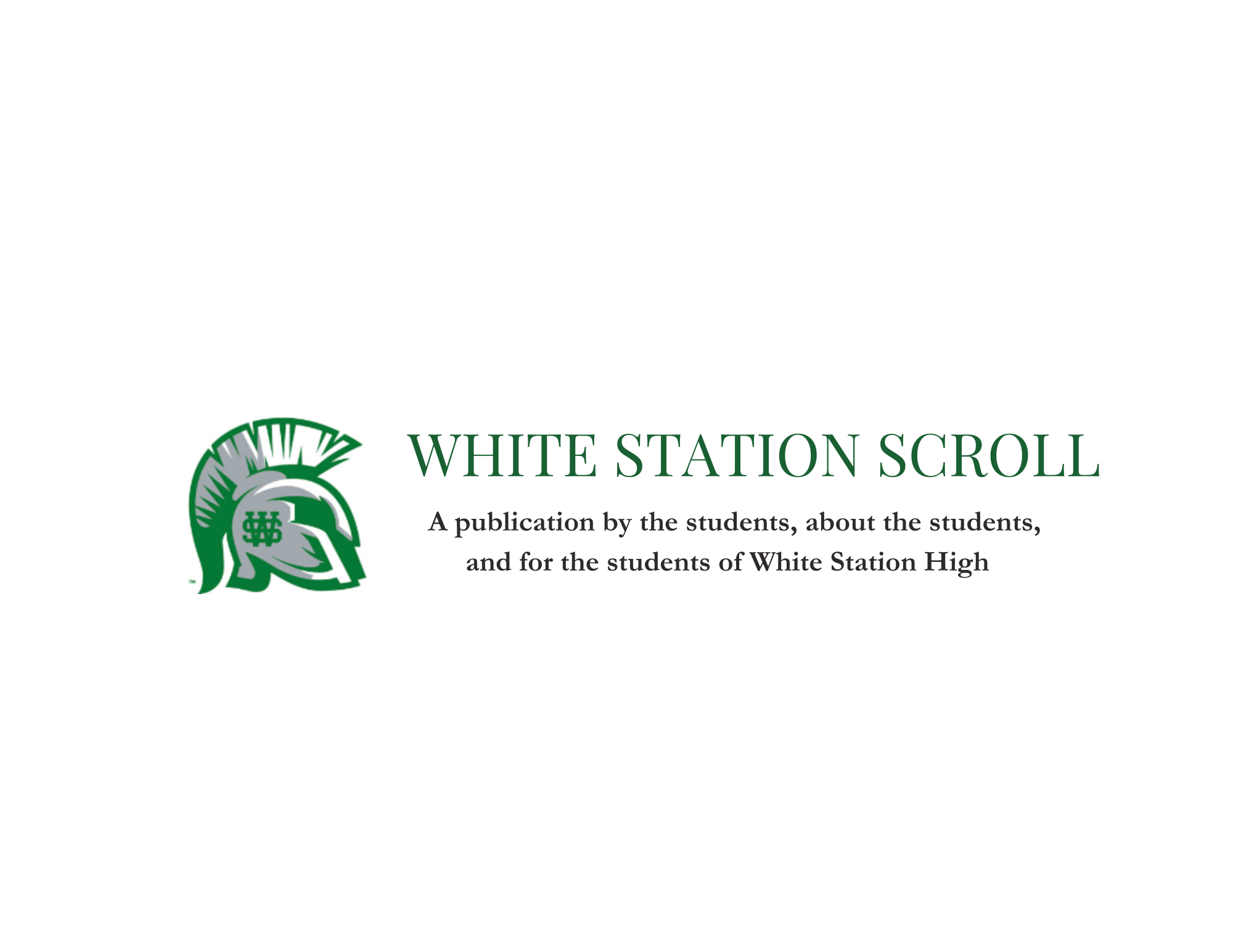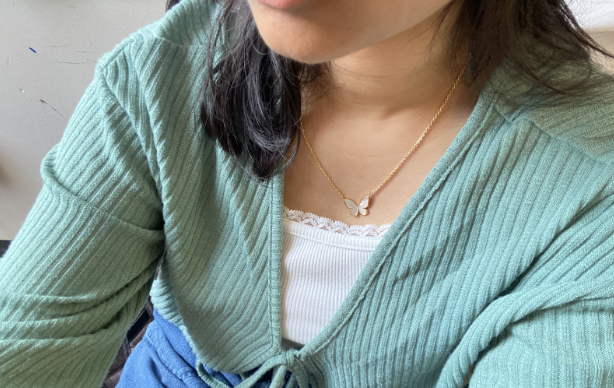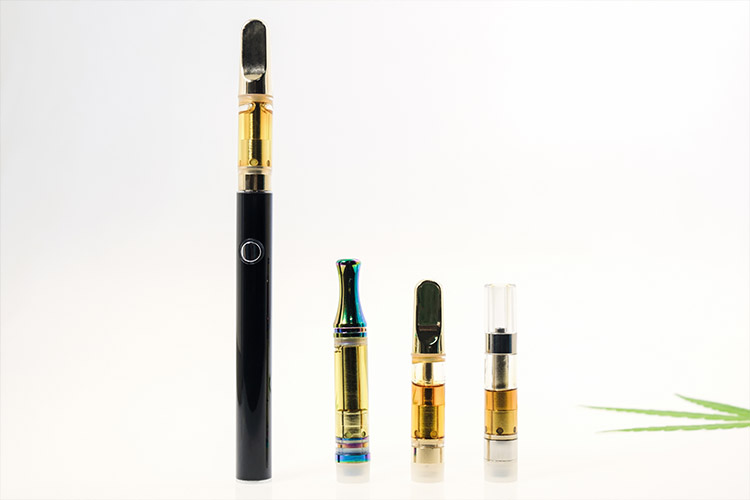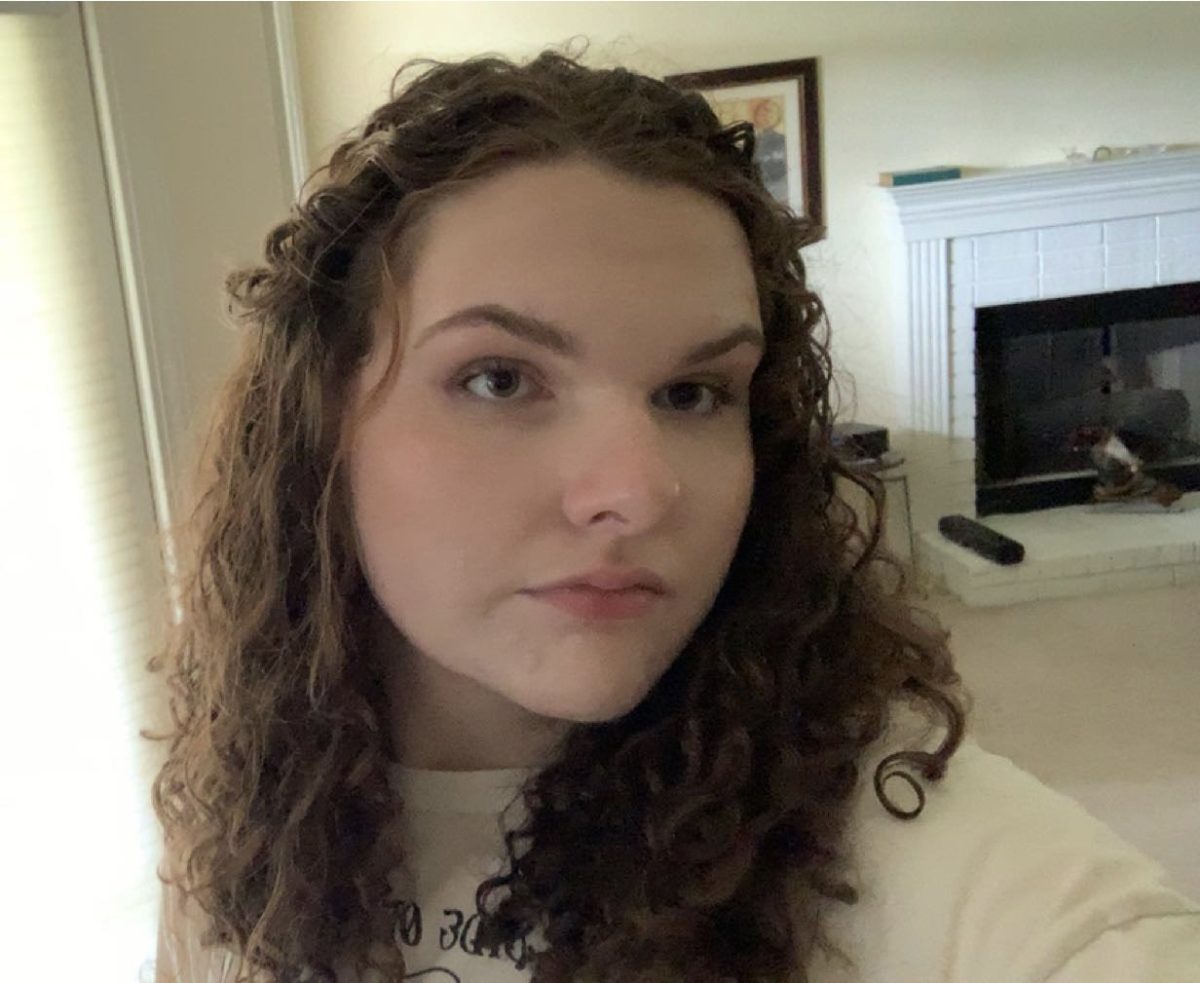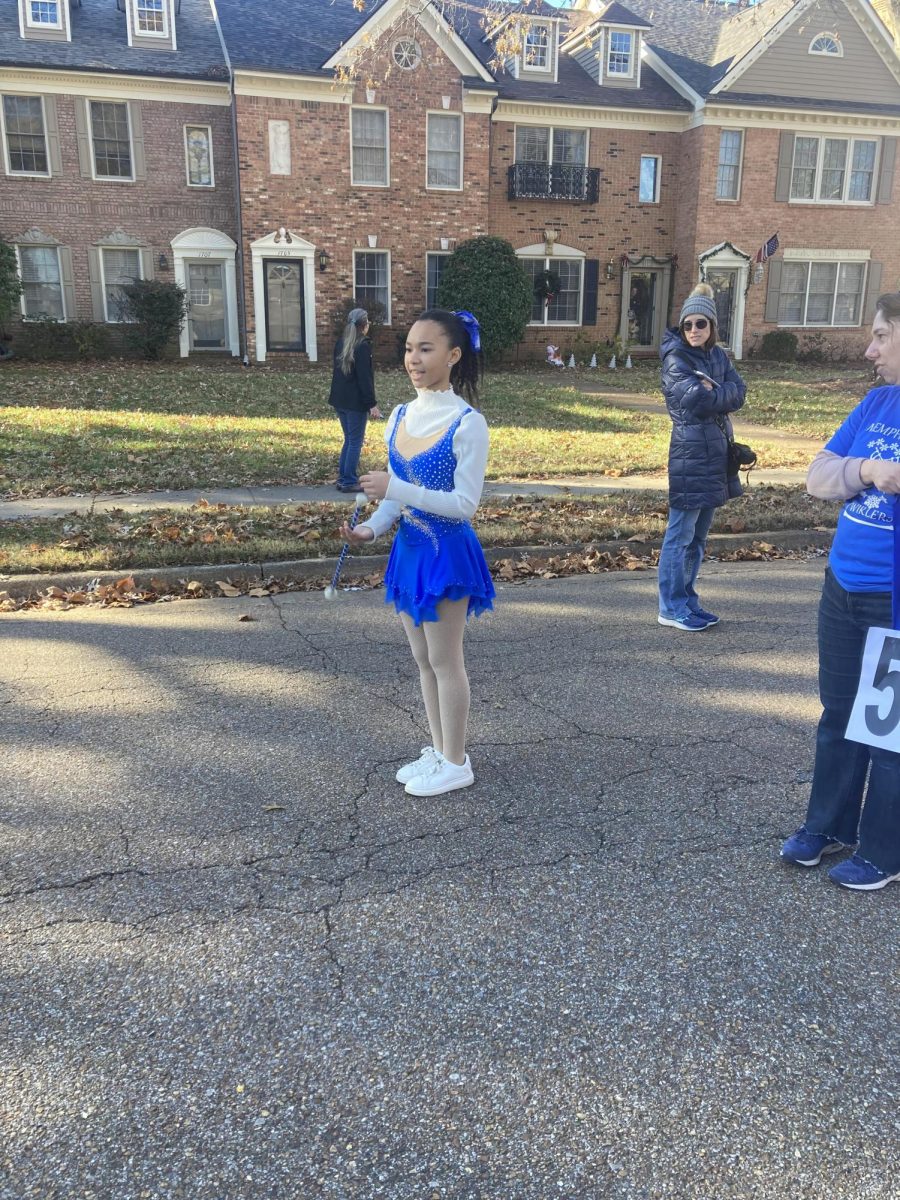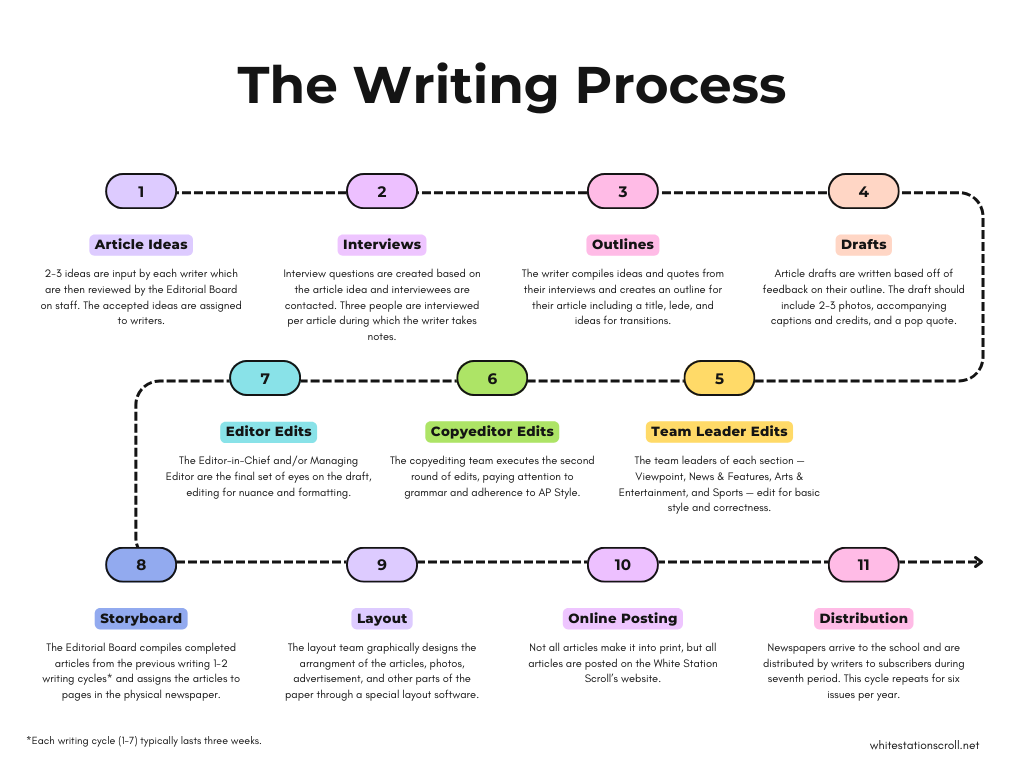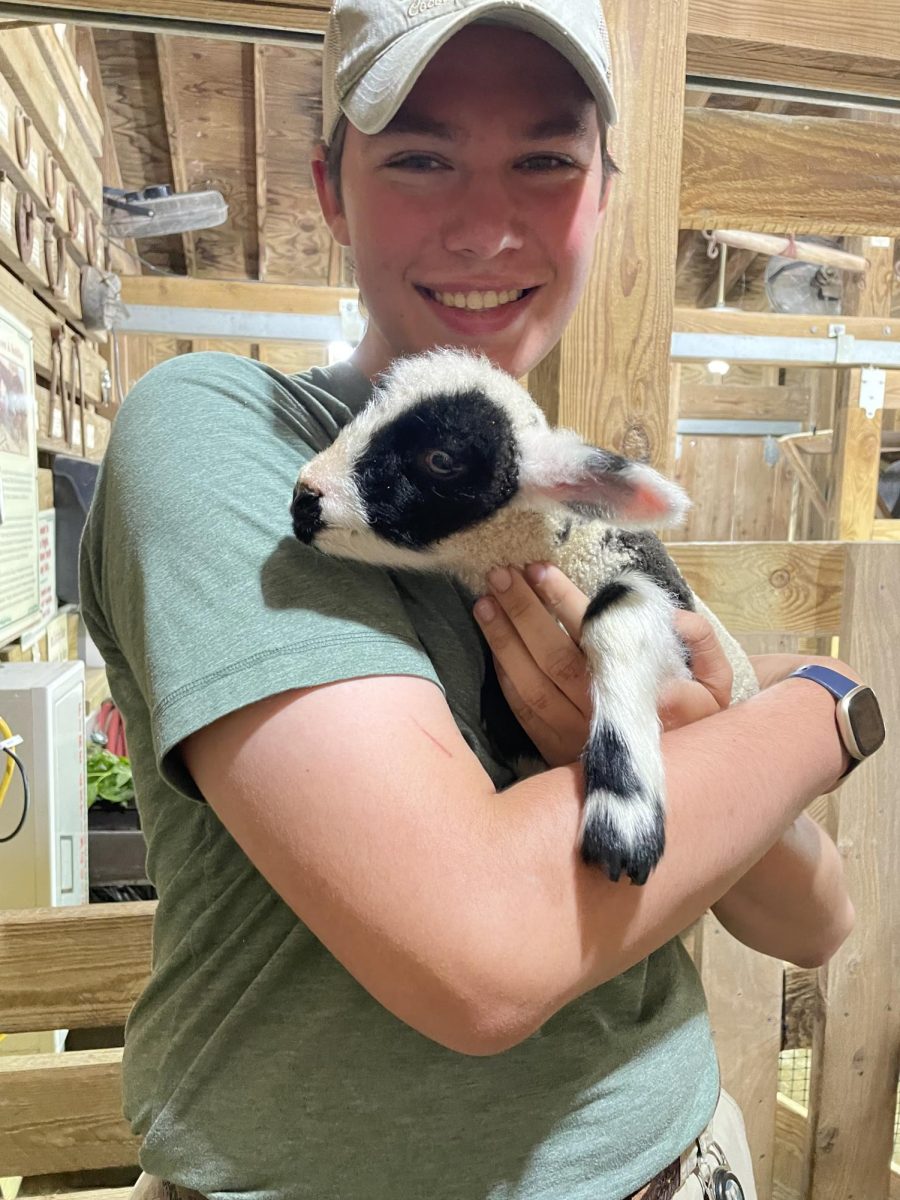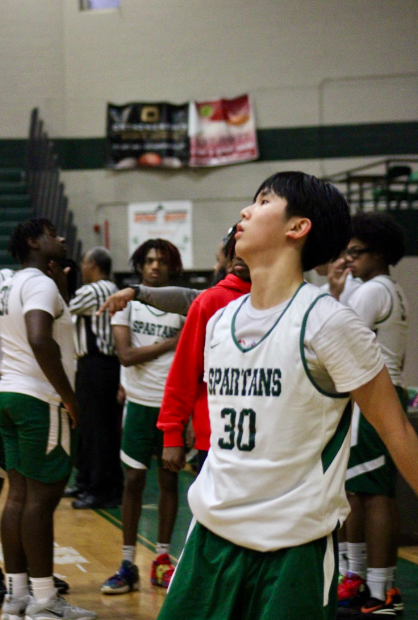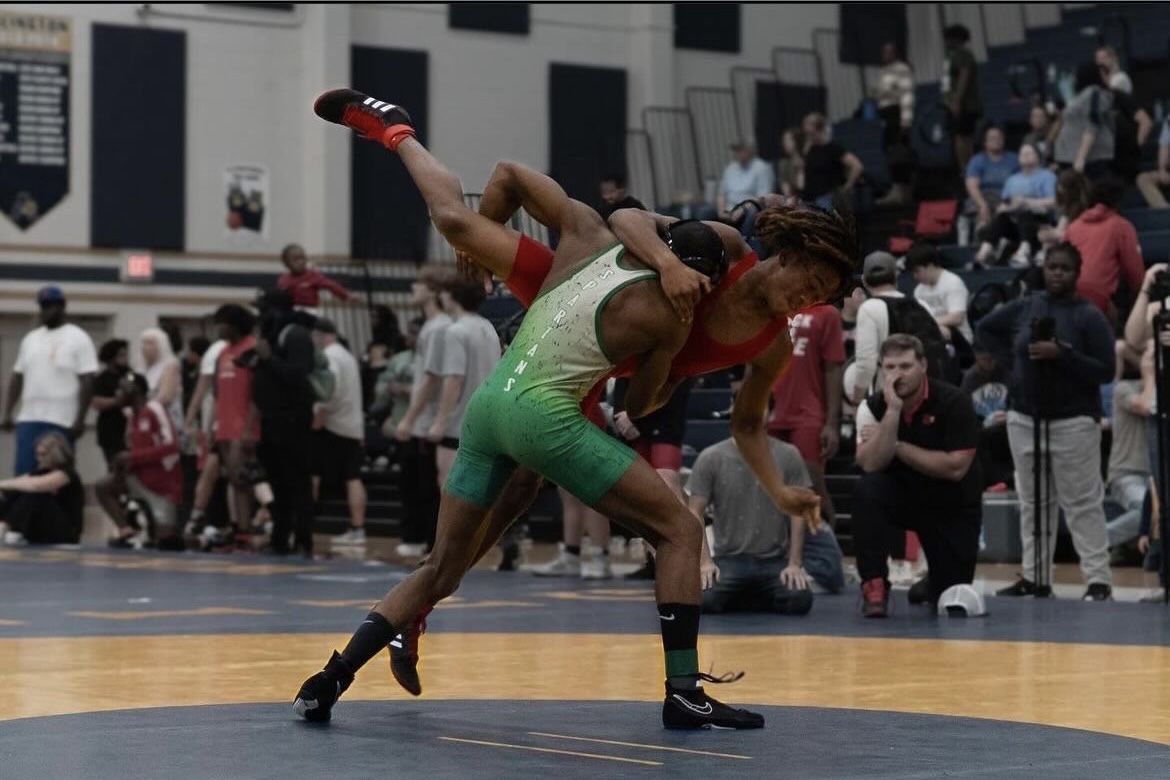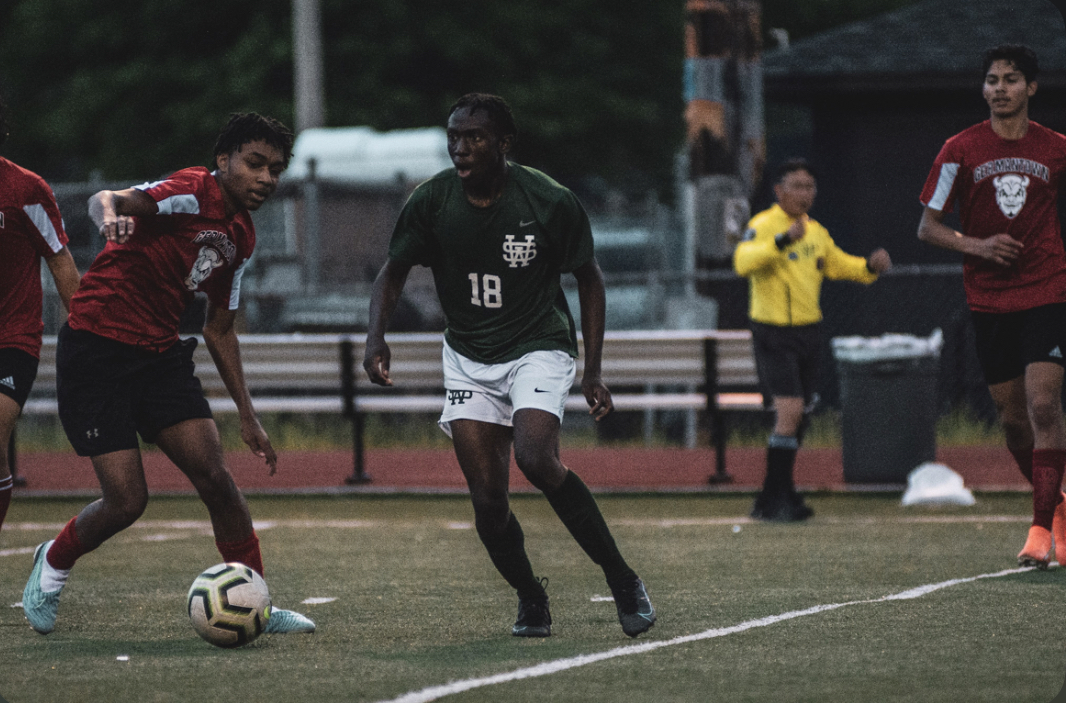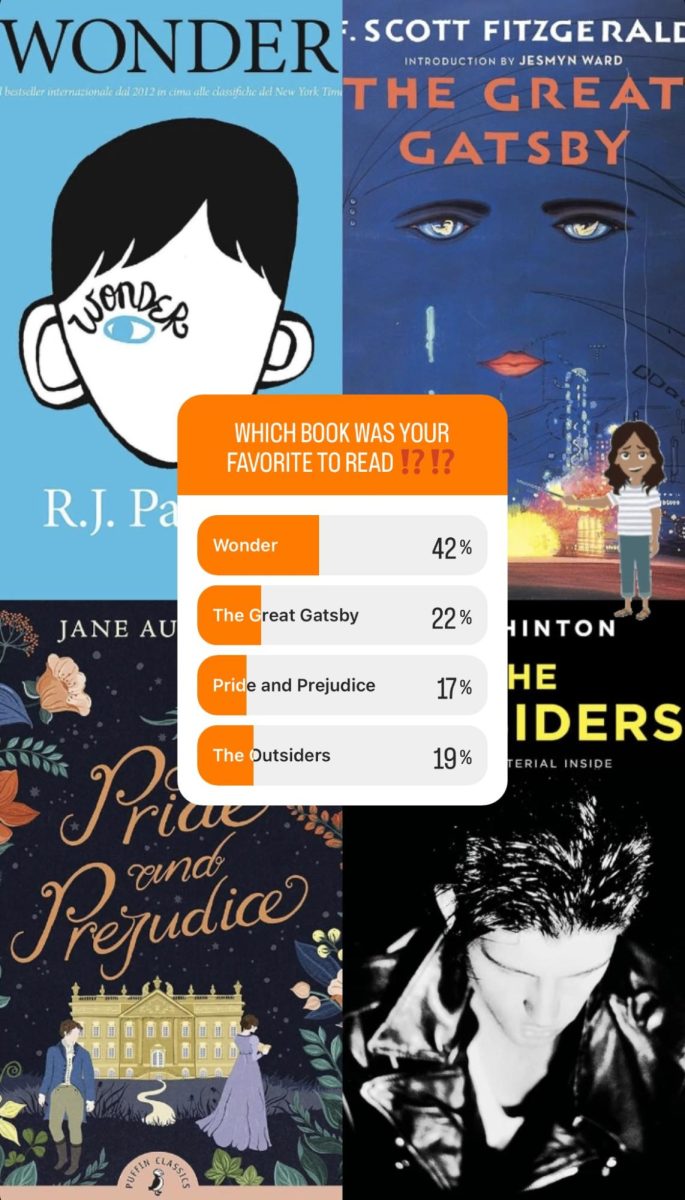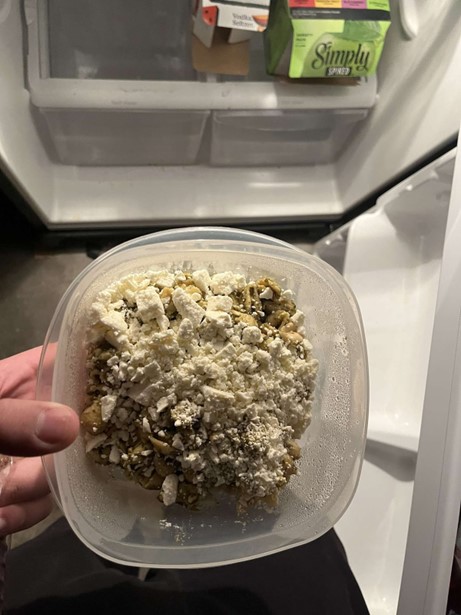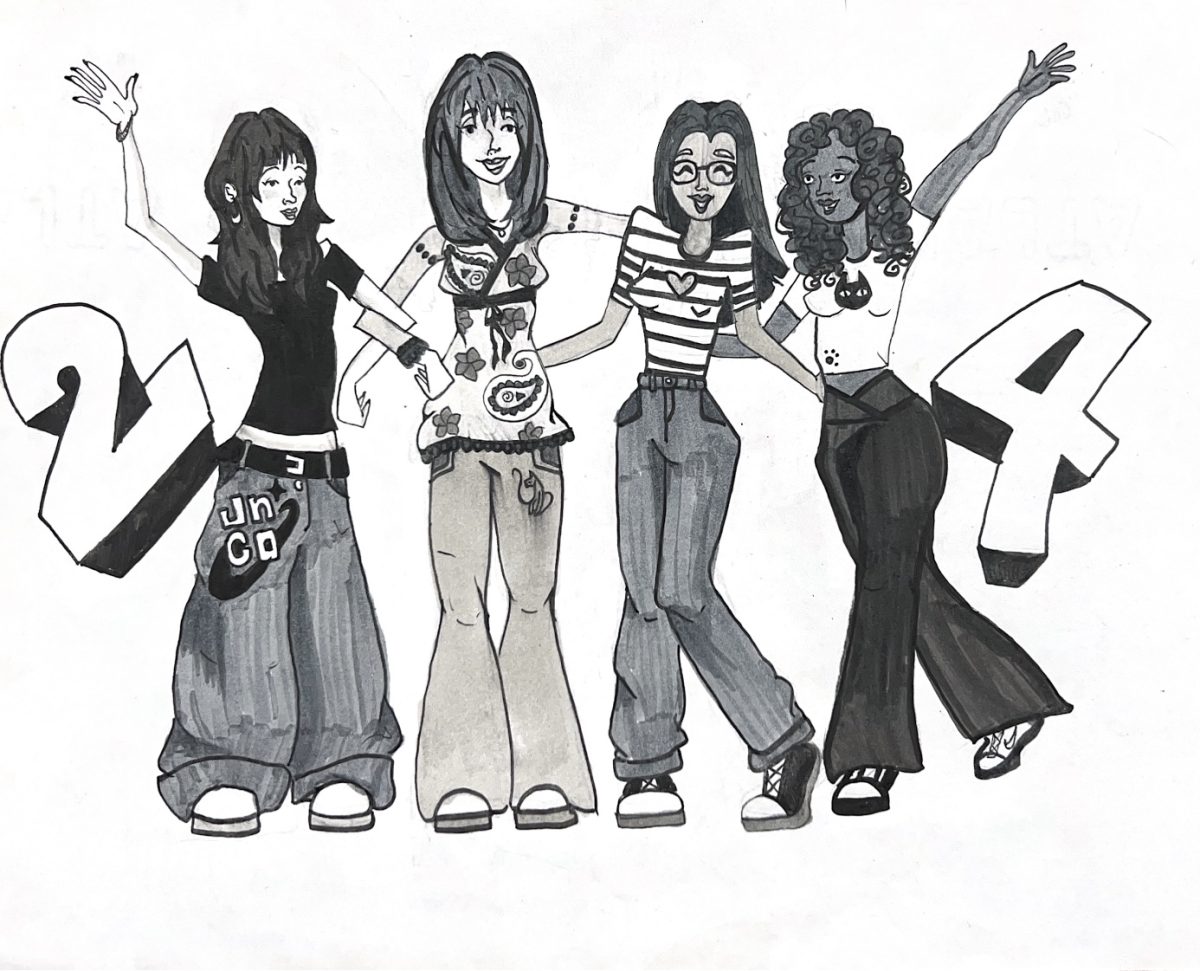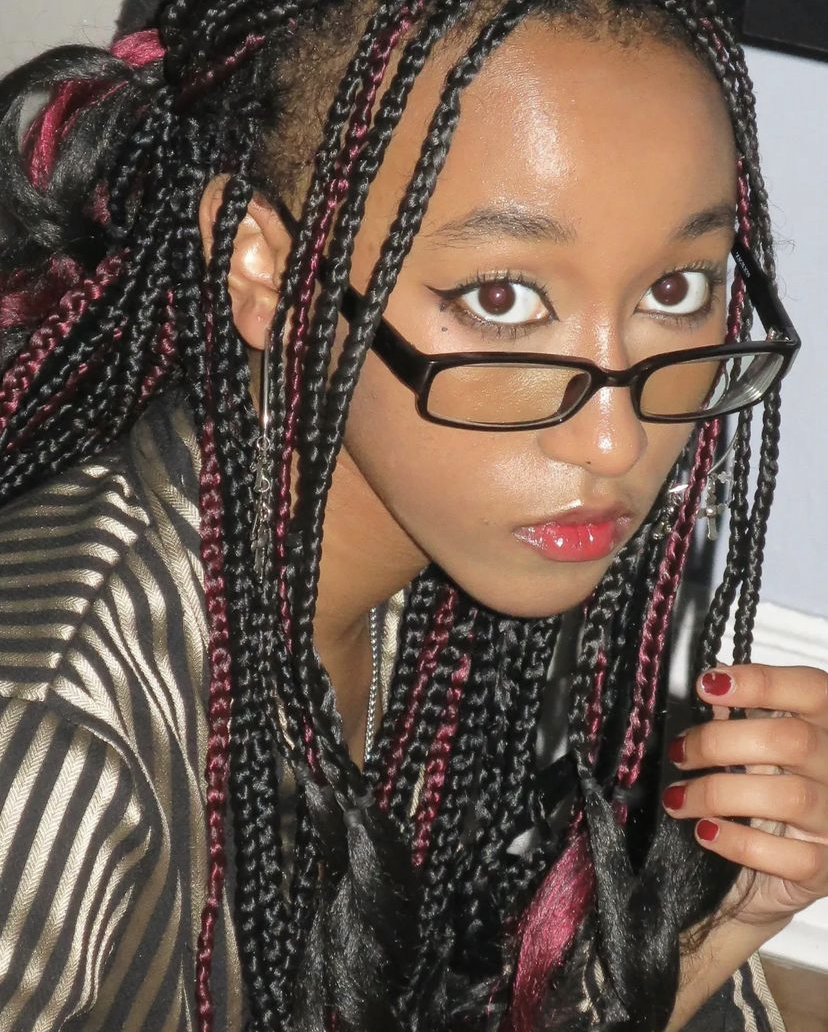Thick, tight hair coils cover the heads of millions of Black people around the world. As wash day slowly approaches, their hands criss-cross rapidly to detangle every hair strain. Their dead hair lies trapped beneath sinks and bathtub drains while their hands ache in pain. As they shampoo and condition to separate each thick hair strain, they unmask the true effort that it takes to manage type four hair.
“With any type four hairstyle, I feel like you have to do some type of maintenance checkup,” Xander Martin (11) said. “Whether it be just putting on a bonnet [or] putting moisturizing products in your hair to make sure it doesn’t become all dry and crispy.”
Hair types are categorized into four categories, ranging from type one, which is pin-straight hair, to type four, which is coily hair. Type four hair consists of three subcategories: 4a, 4b and 4c. All type four hair consists of zigzag hair patterns that house thicker, tighter curls than any other hair type. Out of the four hair types, type four hair is often deemed as the most versatile one. These hairstyles can come in the form of cornrows, afros, braids, twists or locs.
“Type four hair’s unique texture and look, versatile nature and many special hairstyles all highlight its beauty,” Rheana Dates (11) said. “I have learned to embrace [type four hair] through braid styles unique to my culture. [These styles] make it easier to maintain and grow my hair, show off my culture and are way less harmful than chemical treatments.”
Type four hair is often seen as the most difficult hair type to manage due to its thickness, dryness and high breakage levels. Type four hair is the most common hair type for Black people, but is often neglected due to the negative stigma surrounding its presentability. Many Black girls with type four hair grew up not knowing how to properly style their hair, and instead damaged it due to excess heat usage and perms. A perm is the process of using chemicals to change a person’s hair texture. For the Black community, a perm makes their hair straighter so that it can be easier to manage, but can cause their hair to become damaged and die overtime. The life-long damages of perms in the Black community have prevented thousands of girls from seeing the full potential of their natural hair state.
“I have had perms since around the fourth or fifth grade and recently stopped at the end of 10th grade,” Dates said. “I hated the process of getting them but loved the finished product. I [felt] more confident with it because it was more similar to white people’s hair, which others favored more than Black people’s hair. Then, natural hair gained more positive outlooks and I couldn’t remember what my hair looked like before years of chemical treatments. So now I’m on my natural hair journey, making it healthier and bringing it back to its original, beautiful state.”
Throughout history, there have been debates on whether type four hair in its natural afro state is presentable to wear in public. Type four hair has been deemed unprofessional due to its thickness level and texture. Some salons across America charge extra fees for people with type four hair because they find it harder to style. Even in the Black community itself, texturism has played a major part in the lives of individuals with type four hair. Texturism is the discrimination of one’s hair based on how closely it assimilates to the ideal European pin-straight hair type. Texturism has isolated many Black individuals by causing them to develop self-image problems by equating their worth to the straightness of their hair.
“I wasn’t always proud of my hair because it didn’t look like the long, luxurious flowy hair that I saw around me when I was younger,” Kierstyn Davis (11) said. “There were times that I wished my hair was a different texture because I found it hard to manage it. When I got to middle school I began to see the beauty and uniqueness of my hair, the various styles I can do with it and how it sets me apart from others.”
Type four hair is more than a hair type that is thick or short. Behind every zigzag-patterned coil is a hair journey rich in history. Whether the hairstyle is cornrows with stitching similar to those that served as maps to escape slavery or is an afro with volume that defies the laws of gravity, type four hair is unique and more than just an unmanageable hair type. Inside the tightly packed curls, which are often misunderstood by society, lies type four hair with a story to tell that is more than meets the eye.
“I would say my hair is almost like a mood ring because the way I style it, is the way I feel it correlates with my identity,” Martin said. “I used to think that my hair was ugly. I mainly went to schools that were predominantly white and even some of the Black girls that were there had straight hair. I was tender-headed and hated getting my hair done, so I was thinking in my head ‘maybe if I had straight hair I could be beautiful.’ As I [have] gotten older and I’ve gone to more diverse schools, I’ve realized that I liked my curls a lot and could do a lot more with them than I could with a perm.”
